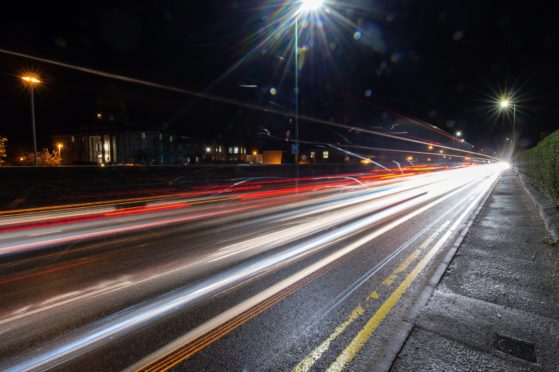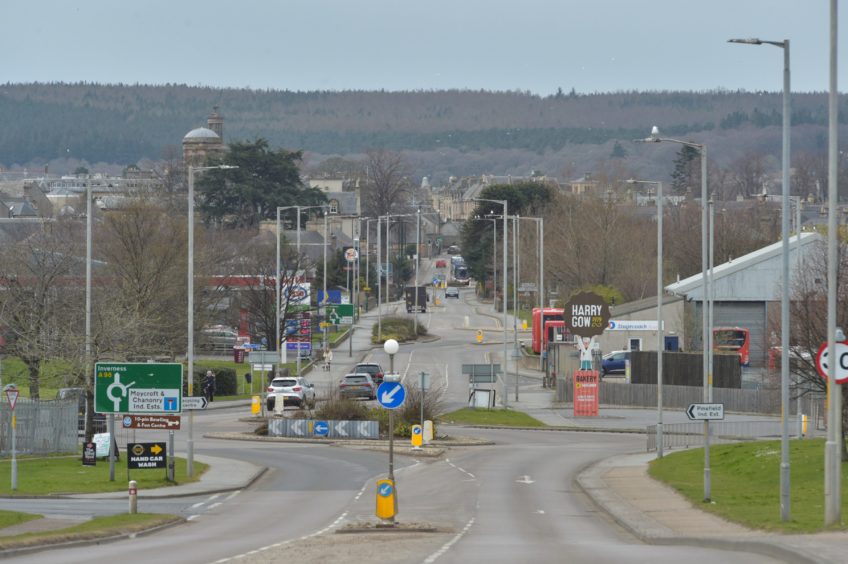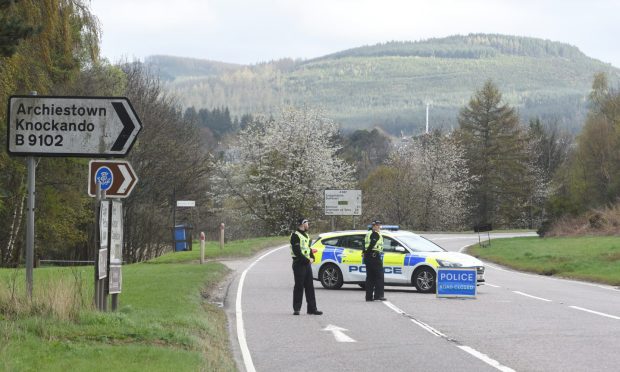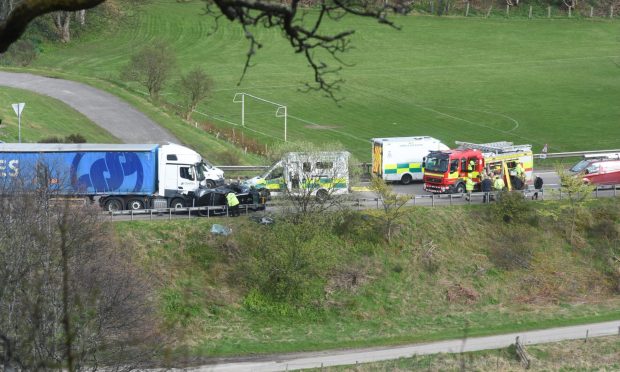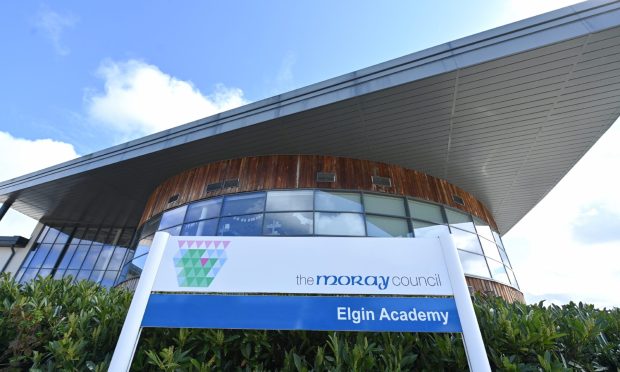Police have detected a surge in speeding offences in Moray on quiet lockdown roads, bucking a declining trend across the country.
The coronavirus pandemic led to huge decreases in traffic across the world with busy routes becoming almost deserted.
Statistics published by the police for the first six months of lockdown last year have revealed a huge drop in motoring offences.
Nationally there was a 30% decrease in speeding with 11,335 drivers caught between April and September 2020.
However, in Moray there was a 15% increase with 189 speeding offences detected on lockdown roads – well above the five-year average of 109 for the same time of year.
Concerns about increase in Moray speeding offences on quiet lockdown roads
Senior officers have put the increase in the region down to resources being freed up from other duties during lockdown to be able to respond to community concerns.
However, concerns have been raised that the statistics show police may deter more offenders if they patrolled hotspots more regularly.
Highlands and Islands MSP David Stewart said: “It’s alarming to note that speeding offences went on the rise in the period spanning lockdown, when the roads were quieter.
“The mind just boggles when you think about how many people are breaking the speed limit every day, without a second thought.
“The dangers hit home when you consider the surveys that show around two-thirds of collisions in which people are killed or injured occur on roads in a 30mph zone or lower.
“It really is common-sense. Exceeding the speed limit is more likely to cause a collision which leads to the unimaginable heartache of lives being lost on the road.”
Other areas across the north and north-east followed the national trend of a decline in speeding offences.
Police statistics show there was a 12% decrease in the Highlands to 1,190 and a 29% decrease in Aberdeen to 539.
Meanwhile, there was a massive 74% decrease in Aberdeenshire as offences reduced from 1,363 to just 352.
‘Lockdown has freed up resources to monitor speeding’
Chief Superintendent George Macdonald, divisional commander for the north-east, explained the increase in speeding offences in Moray could be down to the quieter roads making them “easier” to detect.
He said: “Clearly there has been a significant reduction in traffic numbers on the roads, particularly in the first six months of the year.
“However, we seen an increase in our enforcement levels in relation to speeding.
Local residents of #Dufftown have raised concerns regarding speeding in the village. Community Officer PC Michelle MacDonald said "We will continue to act on these concerns and where possible carry out checks. I would urge drivers to observe speed limits" #DriveSafe pic.twitter.com/4cFfi5LU9C
— Moray Police (@MorayPolice) January 28, 2021
“We have probably had additional capacity to deploy resources in our communities in response to concerns and, despite the roads being quieter, certain individuals have taken it upon themselves to drive at inappropriate speeds.
“I suppose the reality also is that they stand out more because the roads are quieter, it’s perhaps been easier for us to detect because they are quieter.
“The bottom line for us though is that the roads being quieter has equated to less casualties on the roads and that is a positive for us.”
